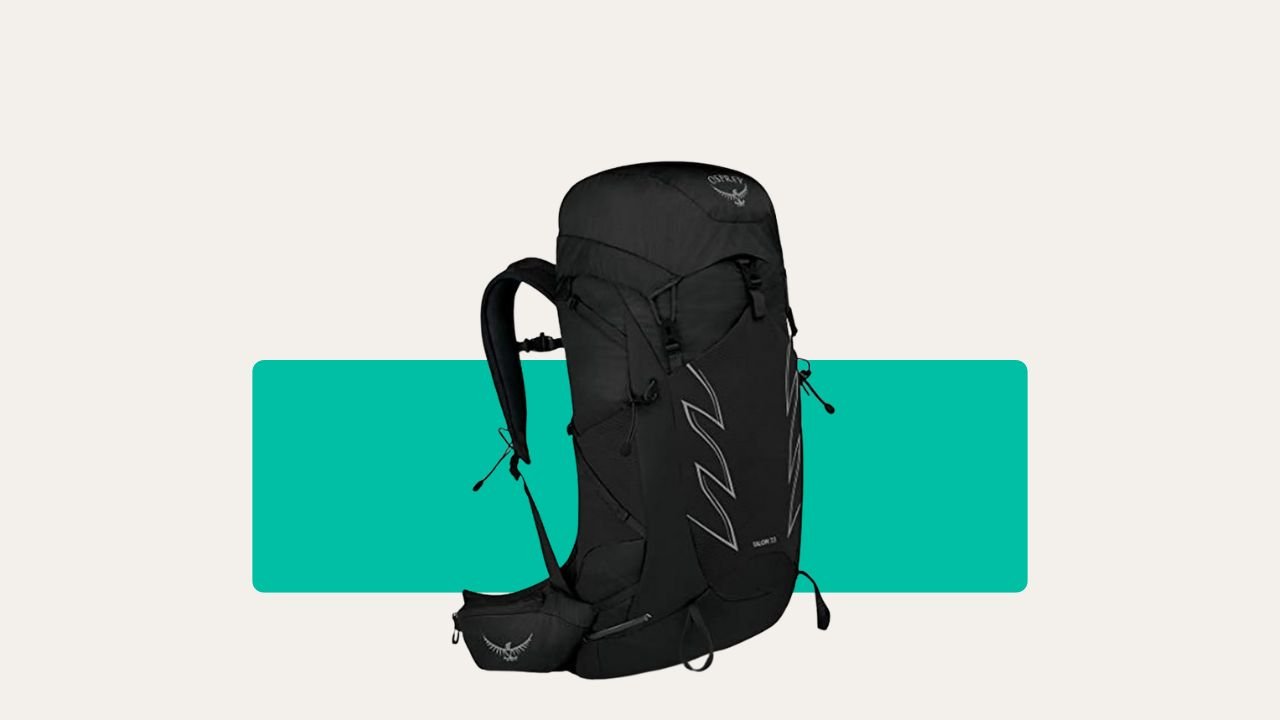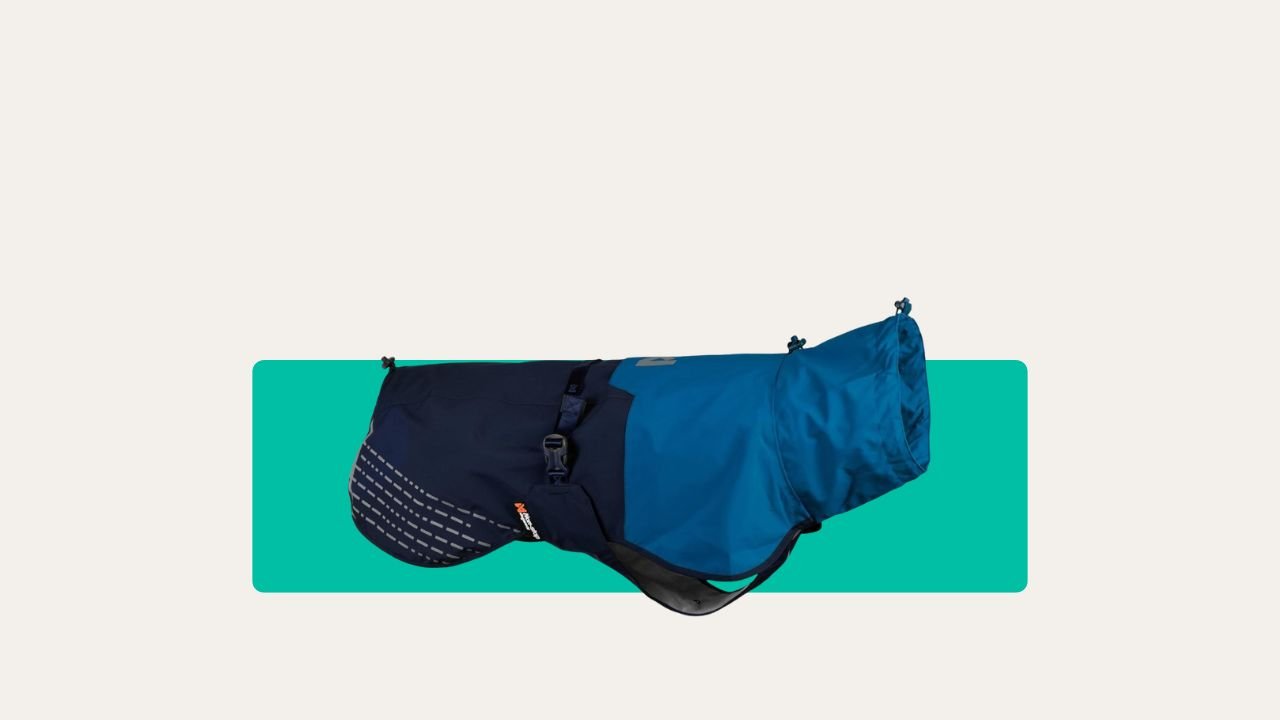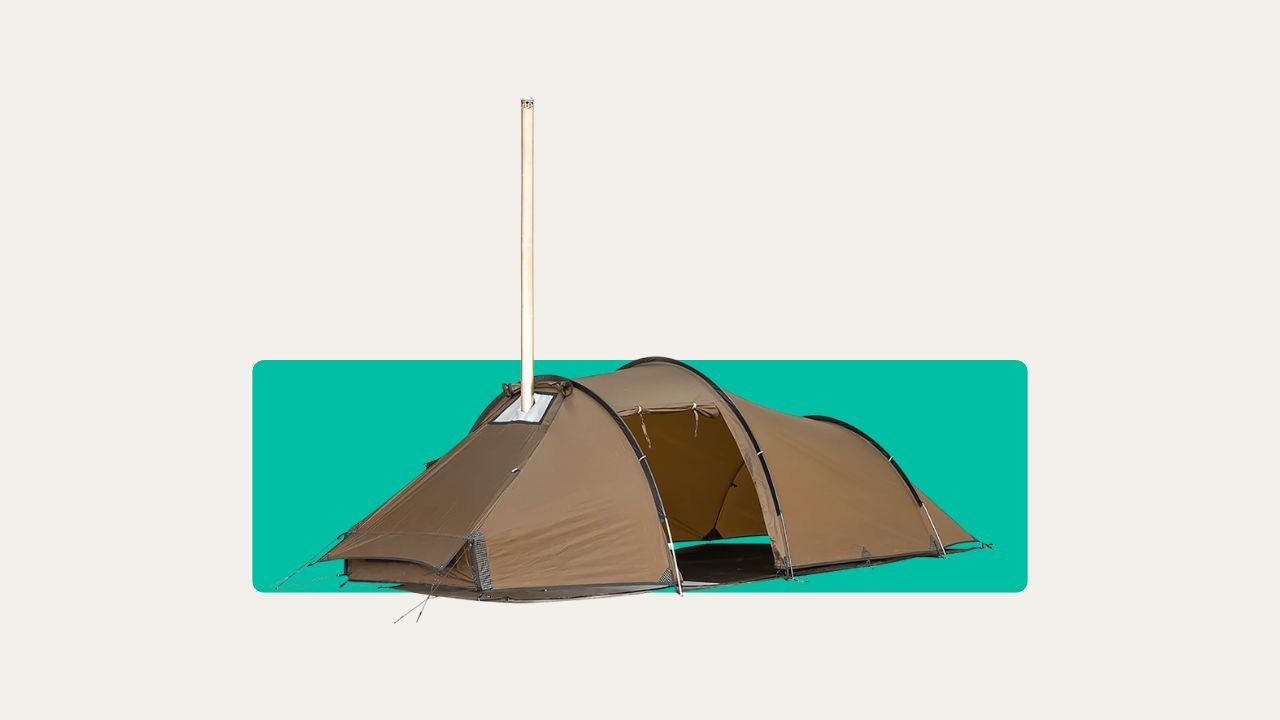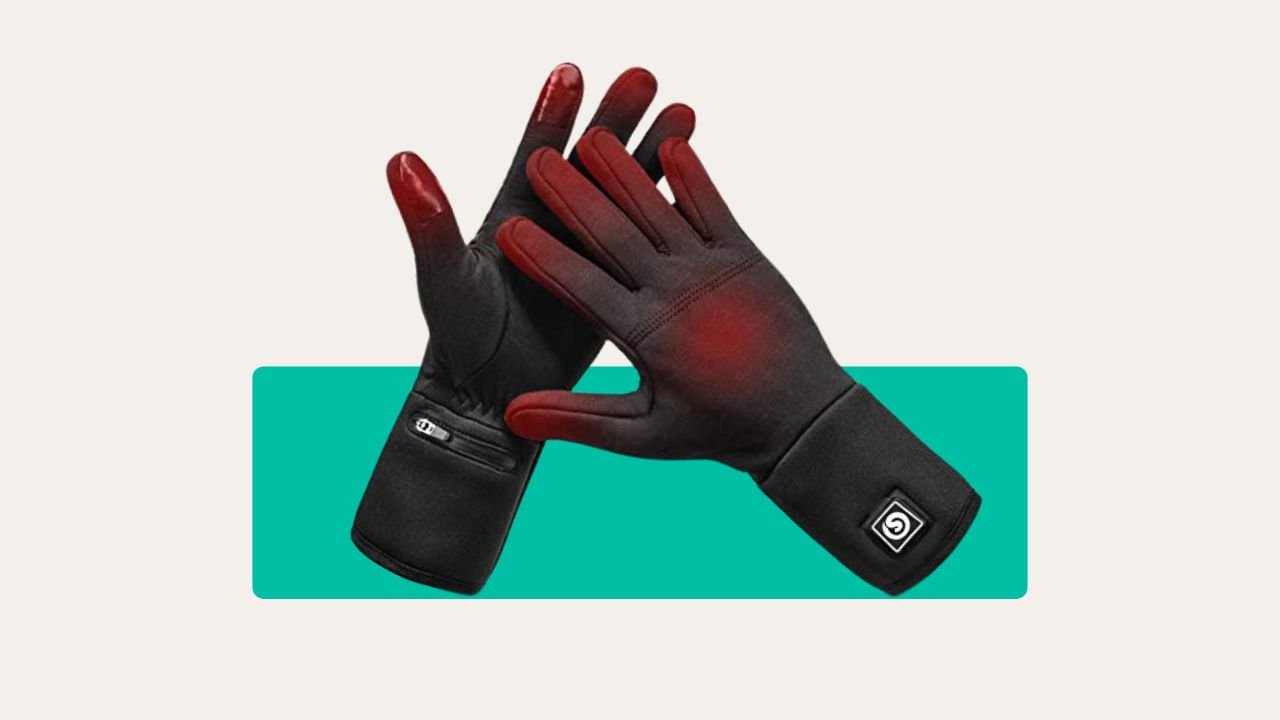Let me put it straight—most new hikers still drag a giant winter coat along, thinking “Well, that’ll keep me warm.” Been there, done that, froze and sweated all in the same afternoon.
Truth is, if you want to enjoy your hike—and not end up sticky, shivering, or soaked—layered clothing is the only way to go. If you’re heading out on UK hills, dealing with unpredictable rain or chilly winds, trust me: layers for backpacking make all the difference.
I learned this the hard way, slogging up Helvellyn in March in just a heavy jumper and a rain jacket. The sun came out, I roasted. The clouds rolled in, I froze. I was swapping misery for misery. Never again.
What Actually Is the Layering System?
Layered clothing means wearing several thin garments, each doing a specific job. Usually, it’s three main layers: base layer, insulating layer, and outer (shell) layer. You add or strip these depending on how you feel or what the weather throws at you.

This isn’t just some rule for gear-heads. It’s common sense developed from years of people getting too cold, too hot, or soaked to the bone on the trail.
Managing Your Body Temperature
Ever tried climbing a hill in just a thick jumper, then been hit by a surprise shower at the top? Or hit the woods in your heavy coat, only to cook the moment the sun peeks out? Sweating one minute, shivering the next. Not fun.
Layering lets you tweak what you’re wearing, bit by bit. Feeling too warm on the climb? Whip off the fleece but keep your base and shell. Wind picks up? Chuck the fleece back on. Temperature changes fast on the trail, especially in the British hills where the weather seems to have a mind of its own. Layers put you in control, not the weather.
Staying Dry: Sweat Management Matters
A lot of new hikers underestimate how important sweat is. If your base layer can't handle sweat, the fabric next to your skin gets damp, and you start to lose heat—fast. Wet clothing robs your body heat quicker than a cold wind.
For years, I thought any old t-shirt would do. Then I spent one stormy weekend in the Lakes, soaked from inside out. Since I switched to merino wool or synthetic base layers, I haven’t looked back. Your base layer should wick moisture away—simple as that. Cotton? Leave it at home. It holds moisture like a sponge.
Fighting Wind and Rain
On the UK coast, a breeze on a warm day can make you feel chilly in seconds. Add rain, and you’re really in for it. That’s where your outer shell shines. A proper shell layer—something waterproof (and ideally breathable too)—can keep out horizontal rain and bone-chilling wind, but also let your sweat escape.
I learned the value of a good waterproof jacket while wild camping by Hadrian’s Wall. The heavens opened, but with my shell on, I was dry and even quite cosy. My mate in a standard hoodie? Drenched in minutes.
Adapting to Any Scenario
The magic with layers is how you can mix and match. Heading out in the sun? Maybe just your base layer and lightweight trousers. Cloud rolls in or evening chill sets? Insulating layer on. Storm threatens? Grab your outer shell.
This beats a big thick coat hands down. If you start off in your all-in-one puffer and the sun pops out, where do you put it? Takes up half your pack. If you're layered, just pop a fleece or shell in your rucksack—job done.
Safety First: Dealing with Wild Weather Swings
UK weather, especially on the hills or moors, can go from sunny to sleet in minutes. If you’re not ready, you risk freezing, overheating, or getting soaked to your skin. Not just uncomfortable—sometimes plain dangerous. Proper layering means you’re ready for the unexpected.
I’ll never forget watching a couple try to brave a Dartmoor squall in jeans, hoodies, and a single raincoat between them. They turned back within the first mile, soaked and miserable. With the right layers, I carried on to the top, dry as a bone.
Long-Lasting Comfort (and More Energy Left)
There’s nothing macho about “toughing it out” and getting cold, wet, or sweaty. You lose energy fast, your pace drops, and suddenly the hike isn’t fun anymore.
Stay dry and your energy holds up. Stay the right temperature and you’ll enjoy the view, the chat, the whole adventure. Good layered clothing isn’t overkill—it lets you last longer, walk farther, and still have enough energy for that cheeky pint afterwards.
How to Pick the Right Layer for Each Job
So, what exactly do you want for each layer? Here’s how I always do it:
| Layer | Main Job | Best Materials |
|---|---|---|
| Base Layer | Wicks sweat from skin | Merino wool, synthetic (polyester, polypro) |
| Insulating | Keeps the warmth in | Fleece, lightweight down, synthetic fill |
| Outer (Shell) | Rain & wind protection | Waterproof, breathable (Gore-Tex, similar) |
| Optional/Mid Layer | Extra warmth as needed | Softshells, thicker fleece, second base layer |
Base Layer: Always start with a snug t-shirt or long sleeve that pulls sweat off your skin. Merino for warmth and less stink; synthetic for quick drying.
Insulating Layer: Usually a fleece or a lightweight down or synthetic jacket. Not too bulky—remember, you want to be able to strip it off and stash it quickly.
Outer (Shell) Layer: Do yourself a favour and invest in a decent waterproof, windproof shell. Doesn’t have to break the bank, but make sure it fits over your other layers with ease.
Skip anything bulky or slow to dry. Cotton holds water, jeans get heavy—learned both those lessons in the Peak District mud.
Packing Smart: How to Bring Layers Without Stuffing Your Pack
Here’s the trick—thin, flexible layers pack down small and weigh little. One big coat takes up the whole rucksack, whereas several thin pieces fit round everything else, or can be shoved in the lid pocket.

On all my hikes—whether it’s the Cairngorms or a wander down the Jurassic Coast—I carry:
- Spare base layer (rolled tight)
- Fleece or lightweight down (squashes to nothing)
- Shell jacket (packs in its own pocket)
Pack them where you can grab them in seconds. Bottom of the pack = never gets used. Top or side pocket = actually worn when weather changes.
Check the forecast but always expect a surprise. Nothing spoils a wild camp faster than wet clothes at night or shivering when the sun dips. Layers mean you’re ready, whatever hits.
Top Tips for Layered Clothing on British Trails
- Go for zip necks or half-zips for easy venting
- If in doubt, pack an extra thin layer—hardly weighs a thing
- Avoid cotton like the plague—dries slower than paint on a wet day
- Shell jacket must be big enough for all layers
- Gloves and hats: thin liners underneath, waterproof shell mitts over the top
- Test everything at home before you set off—no point finding out a fleece rubs once you’re halfway up Pen y Fan
Final Thoughts: Why Layers for Backpacking Are Non-Negotiable
I can’t say it clearly enough: layered clothing for hiking isn’t just “helpful”, it’s a system that keeps you safe, dry, and ready for anything. One thick coat will let you down. Layers let you hike further, stay warm on the windy peaks, and cool when the midges and sun come out. Think of it as your insurance policy.
Hiking in the UK is full of surprises—don’t let your kit choices ruin the experience. After freezing my backside off in a damp jumper once too often, I’ll never hit the trail in anything but trusty layers.
If you’re looking to level up your comfort and safety, or just avoid learning the hard way, get your layers sorted before you go. You’ll thank yourself when the clouds roll in—and you’re still smiling.
Want more tips on staying comfortable outdoors? Check out our guide to proper rain kit for UK campers. Or, if you’re after more kit know-how, see our rundown of the best hiking backpacks for wet and wild weather.








